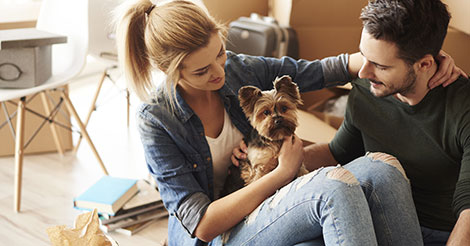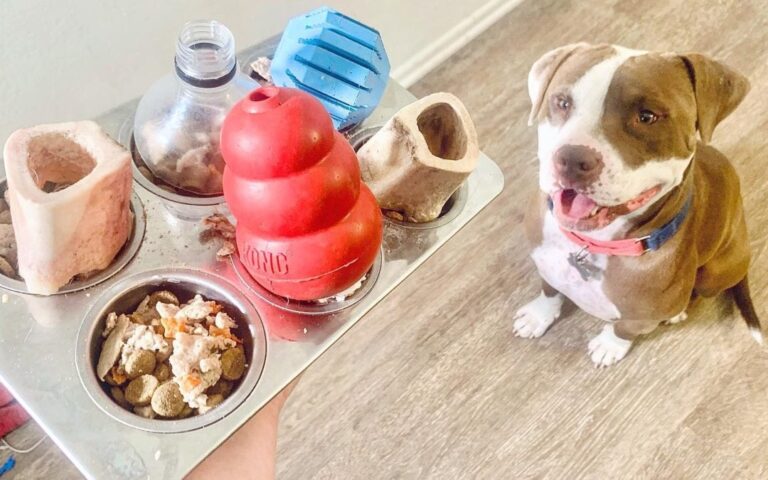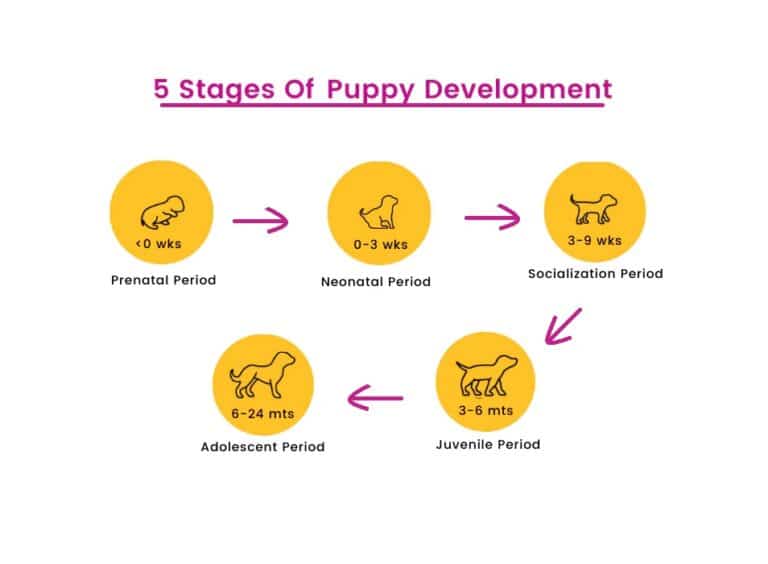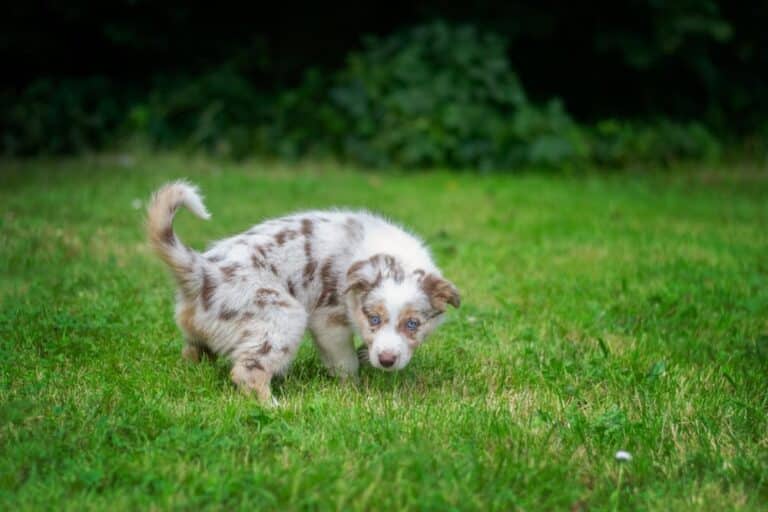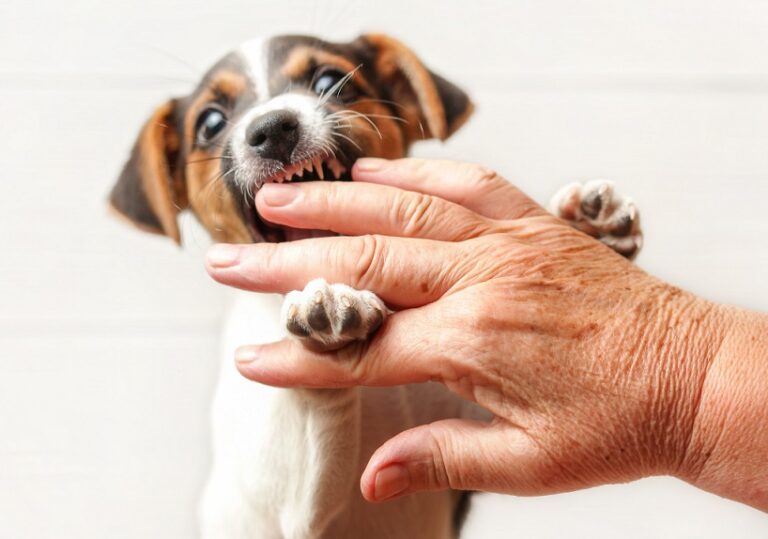Are you a new puppy parent? Congratulations on welcoming a puppy into your home! As exciting as it may be, it’s essential to ensure that your puppy receives the proper training from the start. The early months are crucial for their development, and with the right guidance, you can establish a strong foundation for a well-behaved and happy dog. In this comprehensive guide, we will cover all the essential aspects of puppy training, providing you with valuable tips and techniques to make the training process effective and enjoyable for both you and your new four-legged friend. Let’s embark on this exciting journey together and set your puppy up for a lifetime of good behavior and companionship.
Basics of Puppy Training
Puppy training is an essential part of raising a well-behaved and happy furry friend. It involves teaching your new puppy basic commands, proper behavior, and socialization skills. By understanding the basics of puppy training, you can create a strong foundation for your puppy’s future development.
The Importance of Puppy Training
Puppy training is crucial for several reasons. Firstly, it helps establish a strong bond between you and your puppy. Through training sessions, you build trust, communication, and mutual understanding. This bond will be the backbone of your relationship throughout your puppy’s life.
Secondly, training ensures that your puppy learns proper behavior and manners. It teaches them how to interact with humans, other animals, and their environment. By instilling good habits early on, you can prevent future behavior problems and ensure a harmonious coexistence.
Additionally, puppy training promotes mental stimulation and physical exercise. It challenges your puppy’s mind, preventing boredom and destructive behaviors. Regular training sessions also provide an outlet for your puppy’s energy, keeping them physically active and healthy.
Choosing the Right Training Method
When it comes to choosing a training method for your puppy, it’s important to consider their temperament, breed characteristics, and your own preferences. There are various training methods available, including positive reinforcement, clicker training, and traditional methods.
Positive reinforcement is widely recognized as an effective and humane training approach. It involves rewarding your puppy for desired behaviors, such as sitting or staying. Rewards can be in the form of treats, praise, or playtime, encouraging your puppy to repeat those behaviors.
Clicker training is another popular method that uses a clicker to mark desired behaviors, followed by a reward. The sound of the clicker becomes a signal for your puppy that they have done something right. This method helps establish clear communication between you and your puppy.
Traditional methods, such as dominance-based training, are now less recommended due to their potential negative impact on a puppy’s well-being. These methods often involve punishment or physical corrections, which can lead to fear or aggression in puppies.
Remember, choosing the right training method should prioritize positive reinforcement and respect for your puppy’s well-being.
Setting a Training Schedule
Consistency and routine are key when it comes to puppy training. Setting a training schedule helps establish a structured environment for your puppy to learn and thrive. Here are some tips for creating an effective training schedule:
- Start with short training sessions: Puppies have short attention spans, so begin with brief training sessions of about 5-10 minutes. Gradually increase the duration as your puppy becomes more focused and attentive.
- Choose the right time: Select a time when your puppy is well-rested and not too distracted. Avoid training sessions immediately after meals or when they are overly excited.
- Be consistent: Train your puppy at the same time each day to establish a routine. Consistency reinforces their learning and helps them understand what is expected of them.
- Use positive reinforcement: Reward your puppy with treats, praise, or playtime when they demonstrate the desired behavior. This positive reinforcement encourages them to repeat the behavior in the future.
- Be patient and persistent: Remember that puppies learn at their own pace. Stay patient and consistent with your training efforts. Celebrate small victories and adjust your approach if needed.
By setting a training schedule and following these guidelines, you can ensure a successful and enjoyable training journey with your new puppy. Remember that training is an ongoing process, and with time, effort, and love, your puppy will grow into a well-behaved and happy companion.
Establishing a Positive Training Environment
Creating a Safe and Comfortable Space
When it comes to puppy training, creating a safe and comfortable space is essential. This will be the area where your puppy will spend most of their time, so it is important to ensure that it is free from any potential dangers. Remove any hazardous objects, such as wires or toxic plants, and secure any loose furniture or items that could be knocked over. Provide your puppy with a cozy bed or crate where they can retreat to when they need some quiet time. Additionally, make sure the space is clean and hygienic, as a clean environment promotes good health and reduces the risk of illnesses.
Building Trust and Bonding with Your Puppy
Building a strong bond with your puppy is crucial for successful training. Spend quality time with your puppy, engaging in activities that promote trust and bonding. This can include gentle play sessions, grooming, or simply cuddling and giving them attention. Use positive reinforcement techniques during these interactions, such as rewarding good behavior with treats or praise. By building trust and a positive relationship with your puppy, they will be more receptive to training and eager to please you.
Using Positive Reinforcement
Positive reinforcement is a powerful tool when it comes to puppy training. It involves rewarding your puppy for exhibiting desired behaviors, which encourages them to repeat those behaviors in the future. When your puppy follows a command or behaves appropriately, immediately praise them and offer a small treat as a reward. This positive association will help your puppy understand what is expected of them and make the training process more enjoyable for both of you. Remember to be consistent and patient, as it may take time for your puppy to fully understand and respond to the training cues.
Teaching Essential Commands and Behaviors
House Training and Crate Training
House training is an essential part of puppy training. By teaching your puppy where and when to go to the bathroom, you can avoid accidents in the house. Crate training is a great tool to help with house training and also provides your puppy with a safe and secure space of their own.
To start house training, establish a consistent routine for your puppy. Take them outside to the designated bathroom area at regular intervals, such as after meals, naps, and playtime. Use positive reinforcement, such as treats and praise, to reward your puppy when they eliminate in the correct spot.
Crate training involves introducing your puppy to a crate as their den. Make sure the crate is comfortable, with bedding and toys, and never use it as a punishment. Gradually increase the time your puppy spends in the crate, starting with short periods and gradually extending them. This helps teach your puppy to hold their bladder and bowels until they are let out of the crate to go outside.
Teaching Basic Commands (Sit, Stay, Come)
Teaching your puppy basic commands is crucial for their overall obedience and safety. Start with simple commands like “sit,” “stay,” and “come.”
To teach the “sit” command, hold a treat close to your puppy’s nose and slowly move it back over their head. As their nose follows the treat, their bottom will naturally lower into a sitting position. Once they are sitting, say the word “sit” and give them the treat as a reward. Practice this command in different environments and gradually phase out the treat, using only verbal praise and physical affection as rewards.
The “stay” command is used to keep your puppy in one place. Start by having your puppy sit, then show your hand with an open palm in front of their face and say “stay.” Take a step back and if your puppy stays in place, praise them and give them a treat. Gradually increase the distance and duration of the stay command as your puppy becomes more reliable.
The “come” command is important for getting your puppy to come to you when called. Start in a quiet and distraction-free area. Squat down and open your arms, saying “come” in an enthusiastic tone. If your puppy comes to you, reward them with a treat and praise. Practice this command in different environments and gradually introduce distractions, reinforcing the command with positive rewards.
Preventing and Correcting Unwanted Behaviors
Puppies may exhibit unwanted behaviors such as chewing, jumping, or excessive barking. It is important to address these behaviors early on to prevent them from becoming habits.
To prevent chewing, provide your puppy with appropriate chew toys and discourage chewing on furniture or other household items. When you catch your puppy chewing on something they shouldn’t, redirect their attention to a chew toy and praise them when they engage with it.
Jumping can be discouraged by teaching your puppy the “off” command. When your puppy jumps on you, turn your body away and ignore them. Once they have all four paws on the ground, reward them with attention and praise.
Excessive barking can be addressed through positive reinforcement and redirection. When your puppy barks excessively, calmly say “quiet” and wait for a moment of silence. Reward your puppy with praise and a treat. If the barking continues, remove them from the situation or redirect their attention with a toy or command.
Consistency and patience are key in preventing and correcting unwanted behaviors. By providing positive reinforcement and redirecting your puppy’s attention, you can help them develop good behaviors and become well-behaved members of your family.
Socializing Your Puppy
Introducing Your Puppy to New Environments
One of the most important aspects of puppy training is introducing them to new environments. This helps them become familiar with different sights, sounds, and smells, which ultimately leads to a well-rounded and confident adult dog. Here are some tips for introducing your puppy to new environments:
- Start slowly: Begin by introducing your puppy to low-stress environments, such as your backyard or a quiet park. Allow them to explore at their own pace and reward them with treats and praise for positive behavior.
- Gradually increase exposure: Once your puppy becomes comfortable in familiar environments, gradually expose them to new places. This could include busy streets, crowded parks, or even pet-friendly stores. Again, reward them for positive behavior and provide them with a sense of security.
- Use positive reinforcement: Whenever your puppy shows signs of curiosity or bravery in new environments, reward them immediately. This could be through treats, verbal praise, or petting. This positive reinforcement builds their confidence and encourages them to explore further.
Encouraging Positive Interactions with People and Other Animals
Proper socialization involves not only exposing your puppy to new environments but also ensuring positive interactions with people and other animals. Here are some tips to encourage positive interactions:
- Expose them to different people: Introduce your puppy to a variety of individuals, including family members, friends, and strangers. This helps them become comfortable around different personalities, ages, and appearances. Make sure these interactions are positive by rewarding your puppy and providing them with a calm and friendly environment.
- Organize puppy playdates: Arrange playdates with other well-behaved and vaccinated puppies or adult dogs. This allows your puppy to learn proper social skills and understand appropriate play behaviors. Supervise the interactions and intervene if any signs of fear or aggression arise.
- Enroll in puppy classes: Puppy training classes provide a controlled environment for your puppy to socialize with other dogs and interact with experienced trainers. These classes often include obedience training, which further enhances their social skills.
Dealing with Fear and Aggression
Fear and aggression are common behavioral issues that can arise during puppy training. It’s important to address these issues promptly and effectively. Here are some strategies for dealing with fear and aggression:
- Identify triggers: Observe your puppy closely to identify the specific triggers that cause fear or aggression. This could be certain objects, loud noises, or specific situations. Once identified, you can gradually desensitize your puppy to these triggers using positive reinforcement techniques.
- Seek professional help: If your puppy’s fear or aggression becomes unmanageable or escalates, it’s recommended to seek professional help from a certified dog trainer or behaviorist. They can assess the situation and provide tailored training techniques to address the specific issues.
- Patience and consistency: Dealing with fear and aggression requires patience and consistency. Stay calm and avoid punishment, as it can exacerbate the problem. Instead, focus on positive reinforcement and reward your puppy for calm and non-aggressive behavior.
Remember, socializing your puppy is an ongoing process that requires dedication and effort. By following these tips and being a supportive puppy parent, you can help your furry friend become a well-adjusted and confident member of your family.
Addressing Common Challenges in Puppy Training
Dealing with Separation Anxiety
Separation anxiety can be a common challenge for puppies when they are left alone. It is important for new puppy parents to understand how to address this issue to ensure their furry friend feels secure even when they are not around.
One effective way to tackle separation anxiety is to gradually acclimate your puppy to being alone. Start by leaving them alone for short periods and gradually increase the duration over time. This helps them build confidence and trust that you will return.
Creating a safe and comfortable space for your puppy when you are away can also help alleviate separation anxiety. Provide them with a cozy crate or a designated area with their favorite toys, blankets, and a chew toy to keep them occupied.
Additionally, consider leaving a piece of clothing or an item with your scent near your puppy to provide a sense of familiarity and comfort. This can help reassure them that you are not far away.
Handling Chewing and Biting
Chewing and biting are natural behaviors for puppies, but it is important to teach them appropriate chewing habits to prevent destructive behavior and potential harm.
To redirect your puppy’s chewing behavior, provide them with appropriate chew toys. Make sure these toys are durable and safe for your puppy to chew on. Whenever you catch your puppy chewing on something they shouldn’t, gently redirect their attention to the appropriate chew toy and praise them when they engage with it.
Consistency is key when dealing with chewing and biting. Be patient and persistent in redirecting their behavior and discourage any inappropriate chewing by removing the object or using deterrent sprays that are safe for puppies.
It is also important to provide your puppy with plenty of exercise and mental stimulation, as pent-up energy can contribute to excessive chewing and biting. Regular playtime, walks, and training sessions can help channel their energy in a positive way.
Coping with Excessive Barking
Excessive barking can be a challenge for both new puppy parents and their neighbors. Understanding the underlying causes and implementing appropriate training techniques can help address this issue effectively.
Identifying the triggers for your puppy’s excessive barking is essential. Common triggers include boredom, fear, territorial behavior, or seeking attention. By understanding the cause, you can tailor your training approach accordingly.
To discourage excessive barking, provide your puppy with plenty of physical and mental exercise to help them release excess energy. Engage in interactive play, teach them new commands, and provide puzzle toys to keep their minds stimulated.
Using positive reinforcement techniques, such as rewards and praise, can also be effective in teaching your puppy the appropriate times to bark and when to be quiet. When your puppy remains calm and quiet, reward them with treats or verbal praise to reinforce the desired behavior.
In some cases, professional help from a dog trainer or behaviorist may be necessary to address excessive barking. They can assess the situation, provide expert guidance, and develop a tailored training plan to help your puppy overcome this challenge.
By addressing common challenges in puppy training, such as separation anxiety, chewing and biting, and excessive barking, new puppy parents can ensure a positive and successful training experience for their furry companions. Remember, patience, consistency, and positive reinforcement are key to nurturing a well-behaved and happy puppy.
Final thoughts on Essentials of Puppy Training
This guide on the essentials of puppy training has provided new puppy parents with valuable insights and practical tips to ensure a successful training journey. From understanding a puppy’s behavior to implementing effective training techniques, it is crucial for new puppy parents to prioritize consistency, patience, and positive reinforcement. By dedicating time and effort to training their furry companions, puppy parents can establish a strong bond with their puppies and set them up for a lifetime of good behavior and happiness. Remember, training is an ongoing process, and with the right approach, both the puppy and the parent can grow and learn together. So, embrace this exciting adventure of puppy training and enjoy watching your adorable canine companion flourish into a well-behaved and obedient member of the family.

